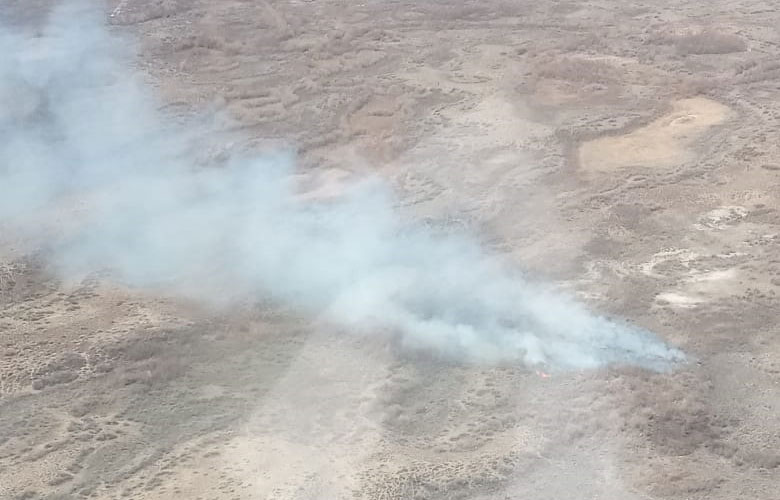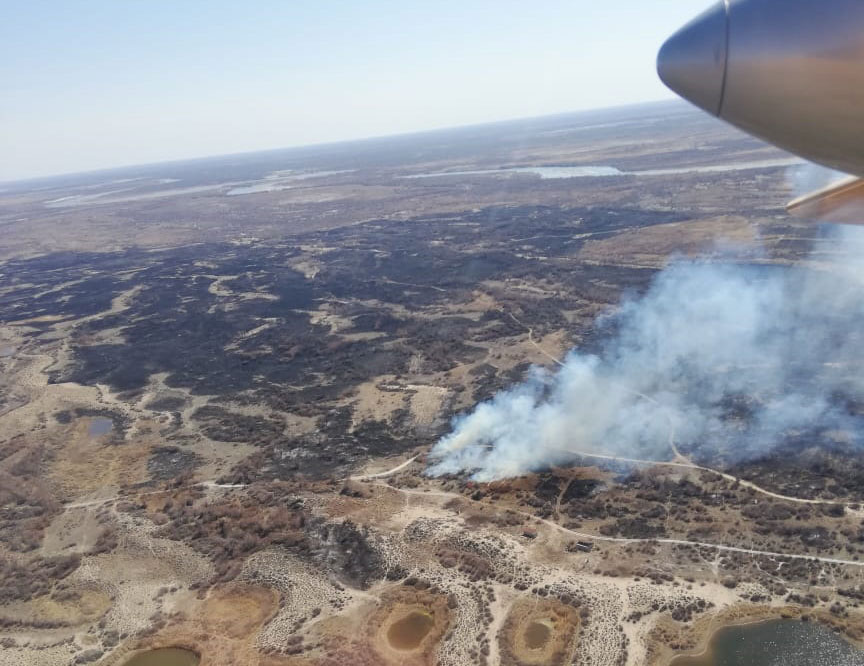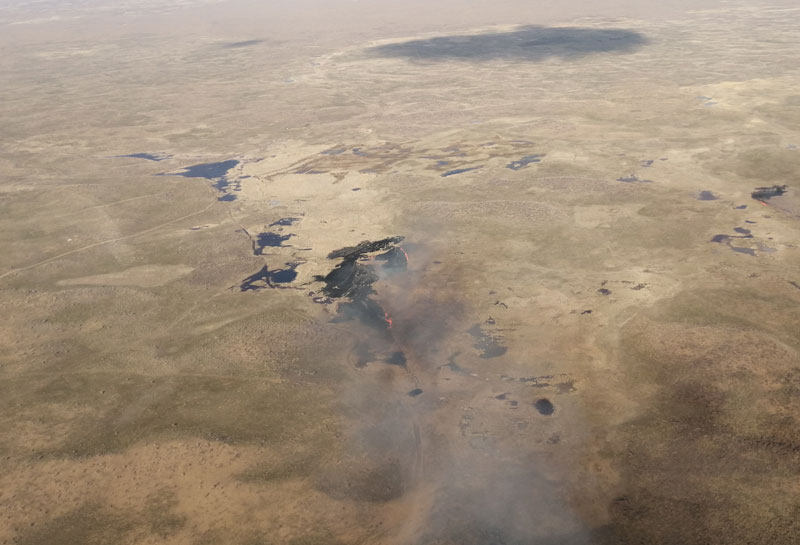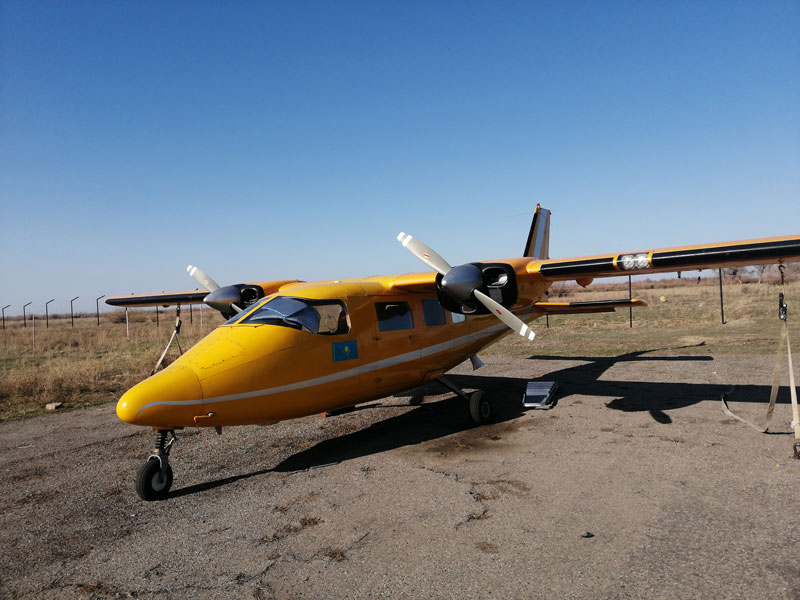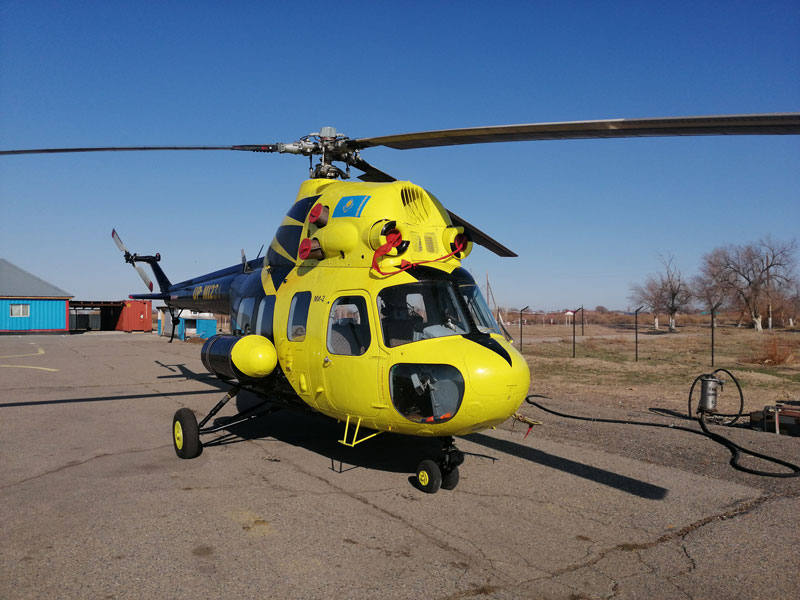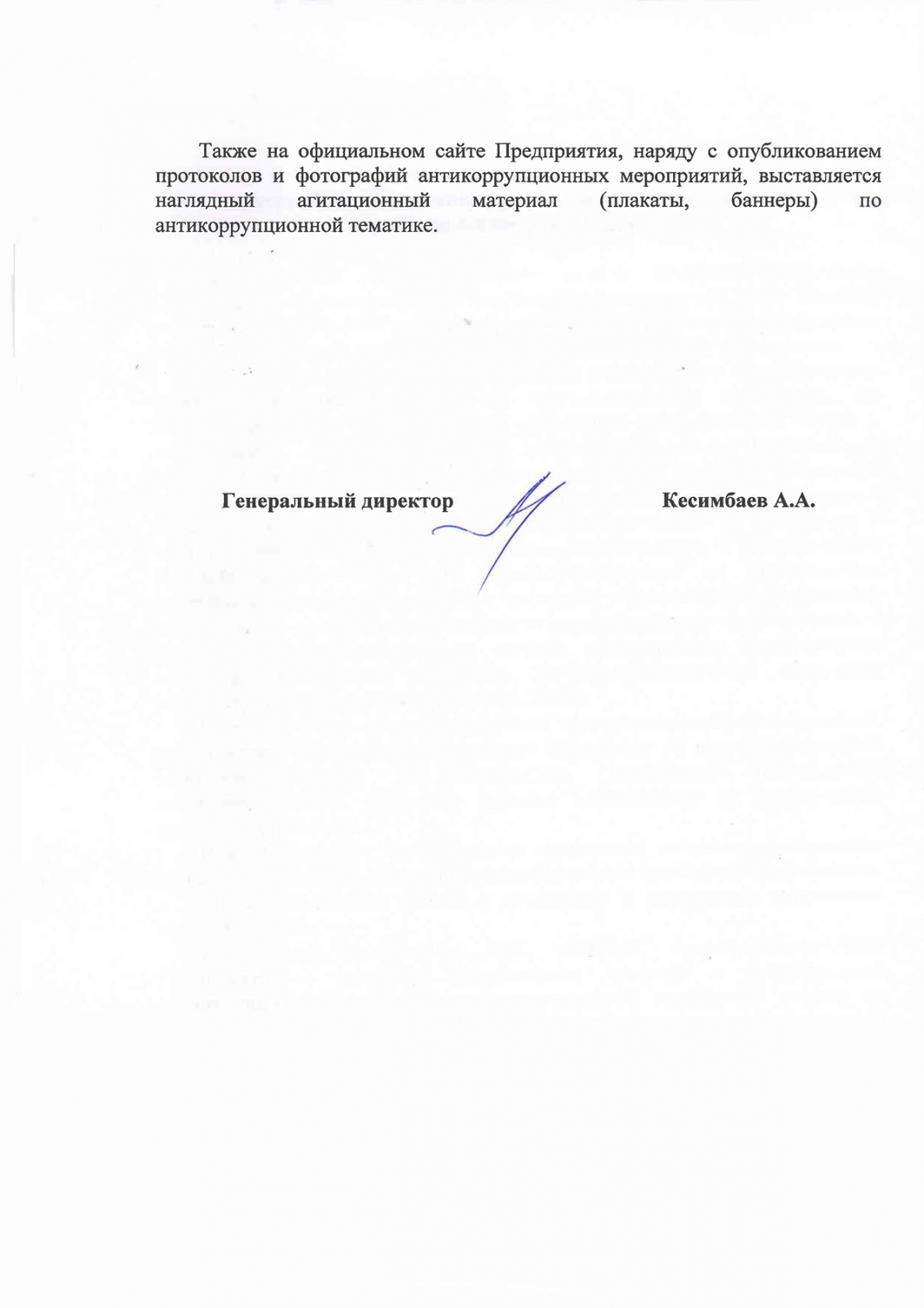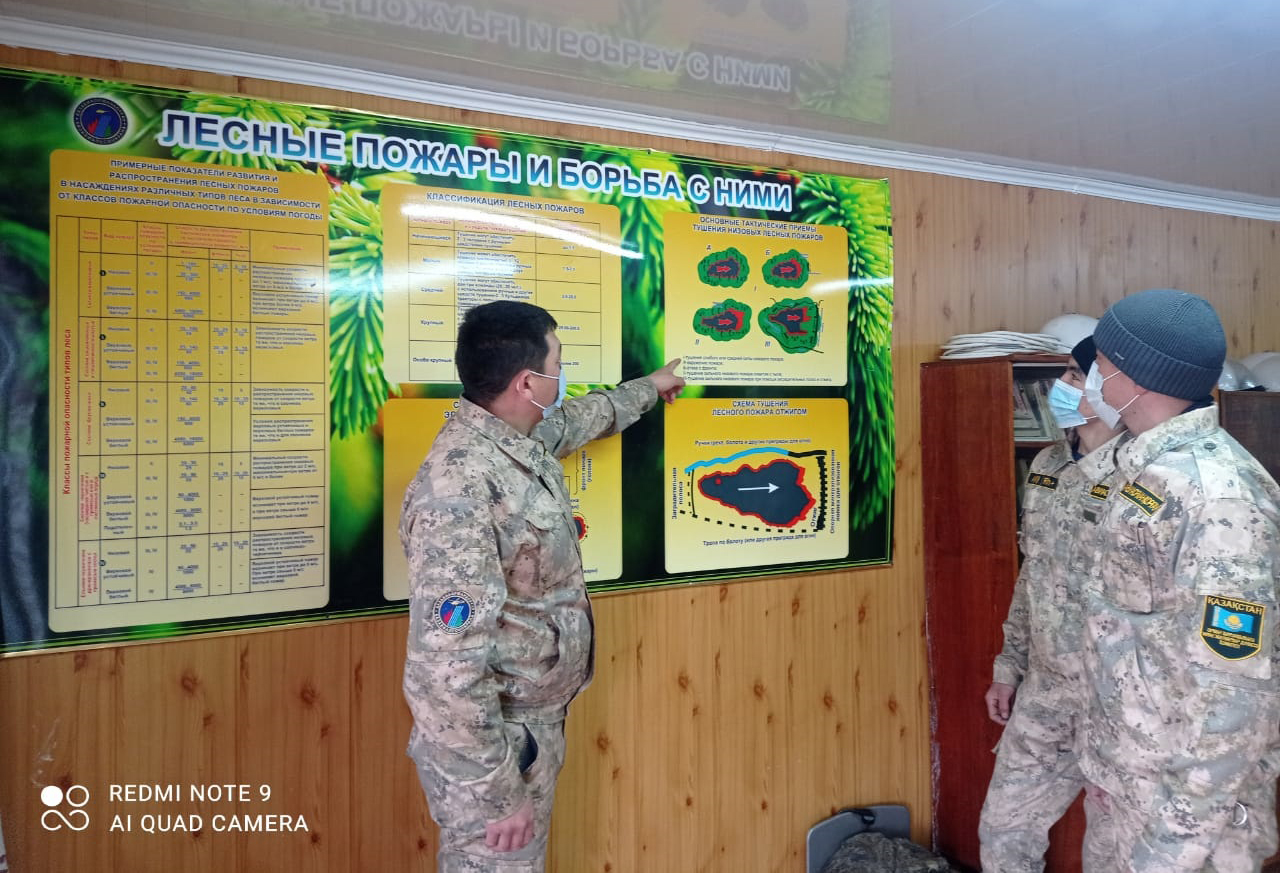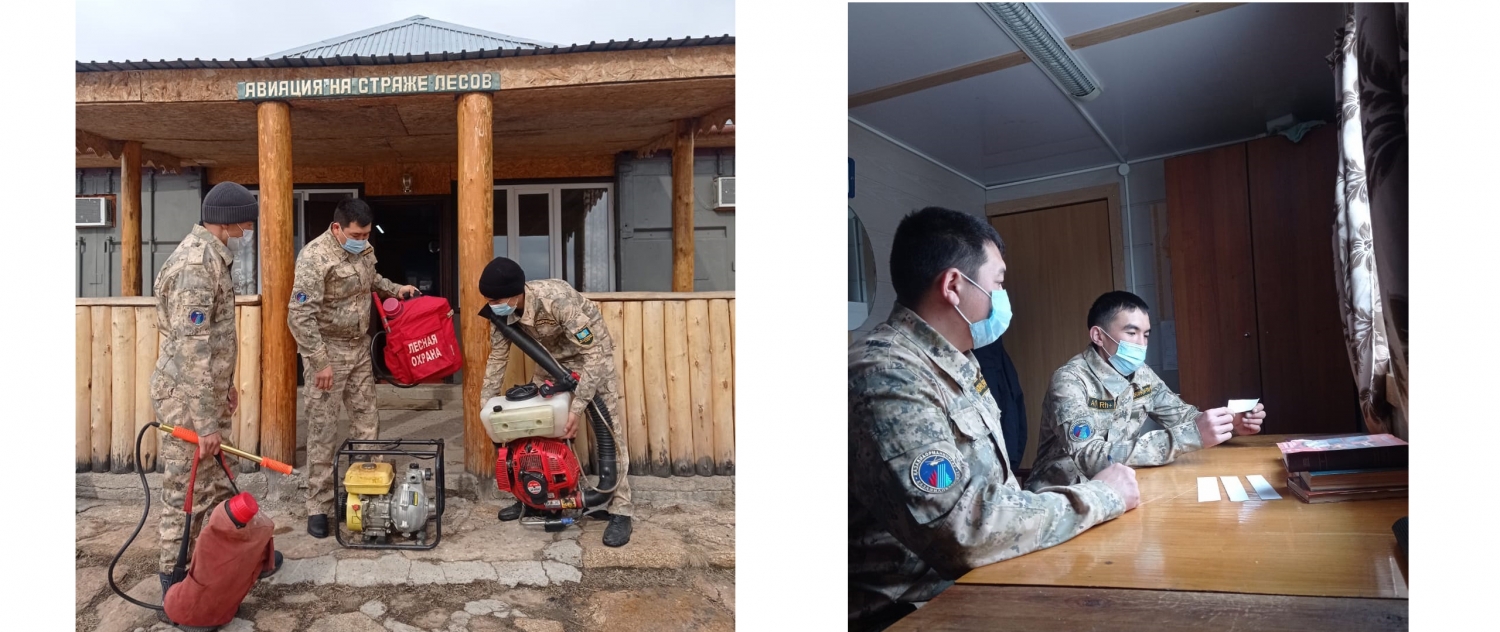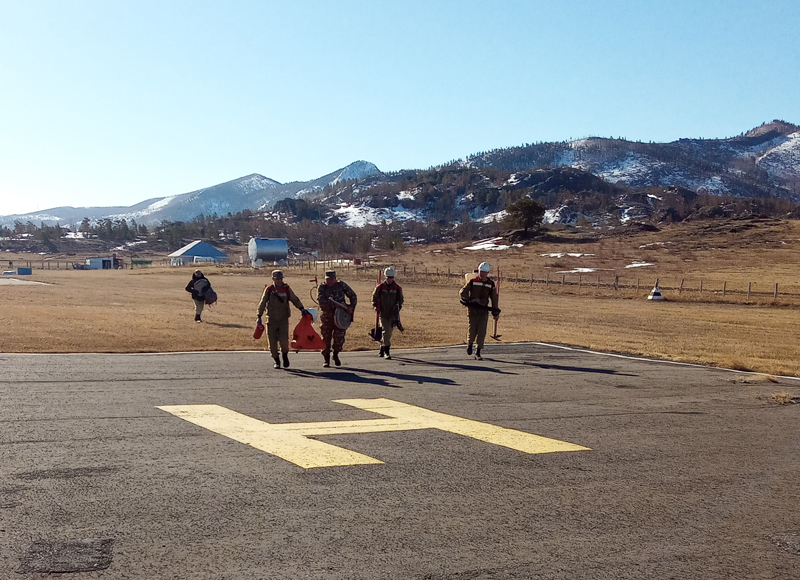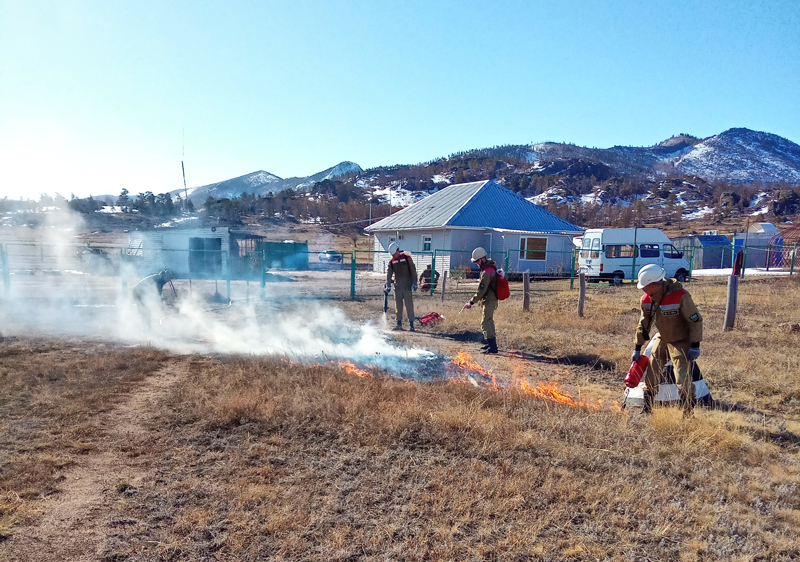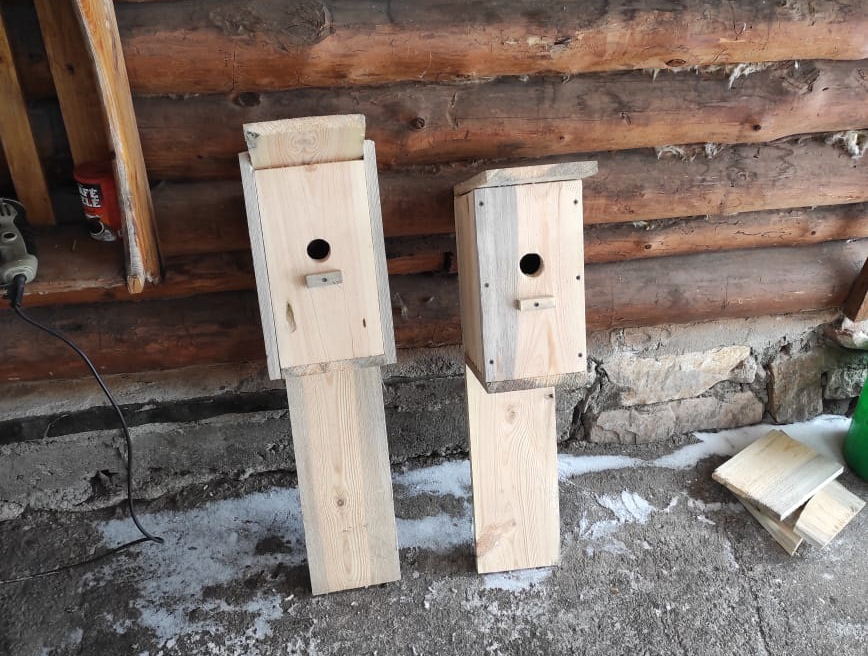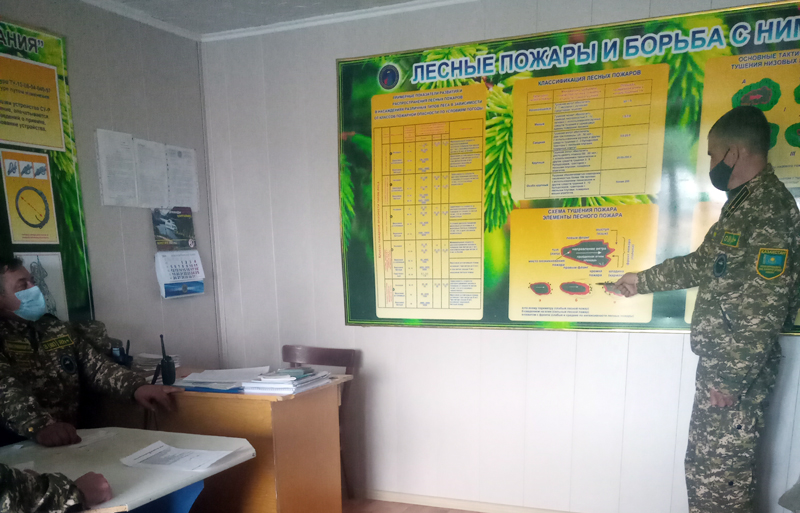The Partenavia P.68 aircraft is powered by two Lycoming IO-360-A1B6 piston engines (one of the aircraft variants), each of which has a power of 200 hp, which in turn provides the aircraft with a high flight speed about 320 km / h. (depending on modification), as well as high carrying capacity. In later versions of the Partenavia P.68, a turboprop power plant can also be used, due to which such characteristics as speed, flight range - up to 2110 km, maximum payload - up to 660 kg and maximum flight altitude - up to 5850 m.
Helicopter Mi-2
On August 26, 1965, the first Mi-2 helicopter, made by Poles from Soviet components, took off in Poland. In November of the same year, the Mi-2, completely manufactured in Poland, made its maiden flight. The mass production of the car was launched in 1966, the serial cars were somewhat different from the prototypes made in the USSR. They did not have a keel surface under the tail boom, the shape of the upper part of the fuselage was slightly different, the location of the antennas and flashing lights was changed. The Mi-2 helicopter was shown to the general public during an exhibition at Le Bourget in 1967. In the West, this machine received the designation Hoplite ("Hoplite").
In Kazavialesoohrana, the Partenavia P.68 aircraft and the Mi-2 helicopter are used to carry out forestry operations, as well as flights aimed at identifying and suppressing the facts of poaching, violations of hunting and fishing rules, carried out in conjunction with environmental authorities.
